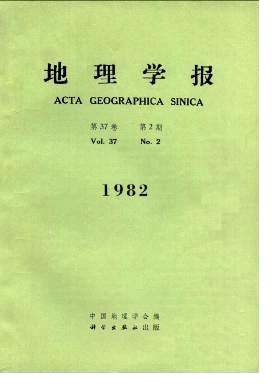Li Ding-rong, Wang An-de, Xie Zhenzhao, Wang Huan-zhen, Liu Qing-si
In the sumzner of 1979, the authors discovered more than 100 glass globules withniameters of 0.17-0.65 nun at a depth of 182--327 m from the eore of well No.1in Shunvi, Beijing, China. No trases of erosion are Wered on surface of theseglobules. The filaments on them are still perfectly clear, without any evidence oftransportation and resedimentation.Observed under microscope, most of these microtektites are globules like tadpolesand dumb-bells, generally with a smooth surface, a great many have prolongedfilaments, some of which are curved and twisted. They are generally yellowish or darkbrown in colour. Seen under orthopolariscope. they are substantially uniform. Therefraction index, as determined by immersion method, is 1.590-1.613. No crystalenclosures are found inside them, but there are a lot of blebs in them.Their chemical components (weight %), determind by the Electronic Probing Group, Uranium Geological Institute of Beijing, are: Si02, 37.25; Al2O3, 16.60; FeO, 0.47; MgO. 15.25; A12O3 CaO, 27.11; Na2O, micro; K20, 2.94; TiO, 0.08; and MnO, 0.85.According to their stratigraphic ages, occurrences, forms, physical properties andmain chemical components, we consider that they are microtektites.These microtektites are preserved in the middle and lower parts of Zhaili Forma-tion of the Mid-Pleistocene Series. Their lithoglass globules discovered in Beijing axedifferent from the known samples, either the glass meteorites (including tektitesof China), or the hay silica glass. By their forms and physical properties, they areobviously microtektite of high calcium and low silicon.Their absolute age, as determined by fission track dating, can provide an importantbasis for age determination and stratigraphic correlation of the Cainozoic strata, as wellas a new way for the study of the Quaternary Period.
